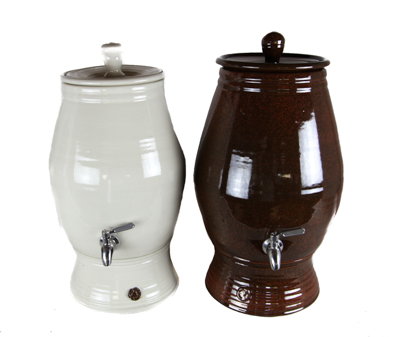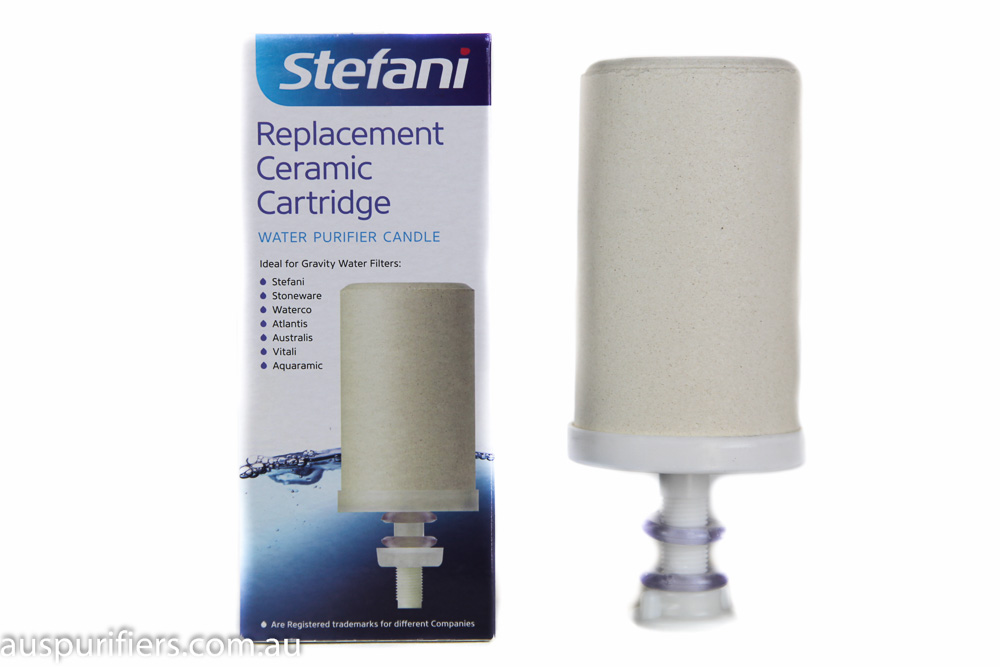Know Some Basics of Water Filter
The number of homes today spend in drinking water filters to ensure that all members of the family get only the best quality water. Unlike in the past, water may now be cleaned using various procedures, primarily for drinking and ensuring that all other items can be properly washed. Understanding the procedure will help you choose the best Fluoride Water Filters for your needs. Here is some fundamental information.
Description of the Filter

A Counter Top Water Filter is a device that removes contaminants from water through the use of a fine physical barrier, a chemical process, or a biological process. Although it is most commonly could provide clean drinking water for people, it can also be used for irrigation, swimming pools, and aquariums. There are different types of drinking water filters. Filtration is a critical step in the treatment of drinking water systems. Water must be thoroughly filtered before it can be provided to consumers and residences.
Consumers can perform additional filtration in their own houses utilising accessible household water filter types. Domestic Stefani Water Filters remove toxins and metals like lead and chlorine that are found in untreated water. Eliminating them will help to avoid disease and contamination, promote health, and improve the look, taste, colour, and odour of the water. These components can be connected to a home water reservoir or supply well before tap, to a tap directly, in a portable unit, or at the point of usage.
The Characteristics

There are various types of drinking water filters that use various processes. All of these, however, serve the same purpose: to remove chemicals, metals, and other pollutants for optimal health advantages and safety. The physics of drinking water filters is dependent on ion exchanges, desorption, sieving, and other processes. Filters, as opposed to screens or sieves, may remove tiny particles.
GAC (granular activated carbon) filters, CBR (carbon block resin), microporous porcelain filters, metallic alloy filters, and ultrafiltration filters are among the most widely used in the home. Composite systems employ two or more filter methods. Limescale-reducing jugs and kettles are also available.
Additional Types
Media filters, disc filters, sand filter filters, slow filtration process beds, screen filters, and cloth filters are some more types of water filters for plants. Portable water filters, which incorporate a mechanical recirculating pump or syphon drip system to drive the water through, are useful for a range of groups and organisations. Water is poured into the container via a screen-filtered extensible silicon tube that passes through a specific filter.
Bacteria, microbial cysts, protozoa, and other pathogenic germs are eliminated. Some systems & technologies are integrated directly inside the container. The filters contain fine meshes that must be updated on a regular basis. Abrasion on the external side of ceramic water filters is required to remove impurity blockage.
The Filter at Work
Drinking water filters operate via a number of mechanisms. Mechanical filtration produces high-quality drinking water by passing water throughout a graded density pre-filter, which traps sand, dirt, and other particles that alter the appearance, taste, and odour of the water.